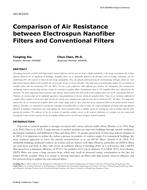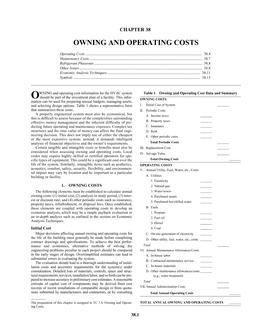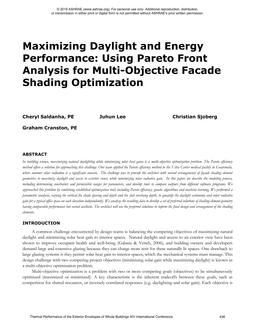Moisture intrusion is the major reason why low-slope roofing systems fail prematurely. With approximately 75% of all roofing activity being reroofing, the roofing professional is faced with deciding what to do with an existing wet roof on almost a daily basis. Problems can originate from moisture entering the roofing system by two completely different mechanisms. In the wintertime, the vapor pressure in the building interior typically exceeds the vapor pressure in the roofing system, causing water vapor to migrate from the building interior into the roofing system. If the vapor pressure gradient is severe and persists for a long time, sufficient water vapor may build up under the roofing membrane to allow condensation to occur. The second mechanism that allows an appreciable amount of water into the roofing system is membrane failure. Breaks in the membrane will allow water to enter the roofing system from the exterior. Depending on the roof construction, the water will either build up in the roof or migrate to the roof deck where it may manifest itself as a leak. The net effect of water entering the roofing system by either mechanism is the same: reduced energy efficiency, corrosion of metal components (decks and fasteners), mechanical degradation of the insulation materials, and bond failures between adhered components. These impacts lead to reduced durability, shorter service life, and health/safety issues. This paper describes finite-difference computer modeling performed to address moisture control in low-slope roofing systems. Based on a large database of finite difference modeling results, algorithms have been developed that allow the roofing practitioner to simply determine if a roofing system design requires a vapor retarder or if the system can be modified to enhance its tolerance for small leaks. This paper illustrates how modeling results were obtained, describes the process employed to develop the algorithms, and demonstrates how these algorithms can be used to design a moisture-tolerant low-slope roof. The range of applicability and limitations of these algorithms are also detailed.
AUTHOR: Andre O. Desjarlais, Nan A. Byars, P.E.
CITATION: Thermal Performance of the Exterior Envelopes of Buildings VII
KEYWORDS: December, Florida, 1998
YEAR: 1998
Citation: Thermal Performance of the Exterior Envelopes of Buildings VII
Product Details
- Published:
- 1998
- File Size:
- 1 file , 110 KB
- Product Code(s):
- D-8084


